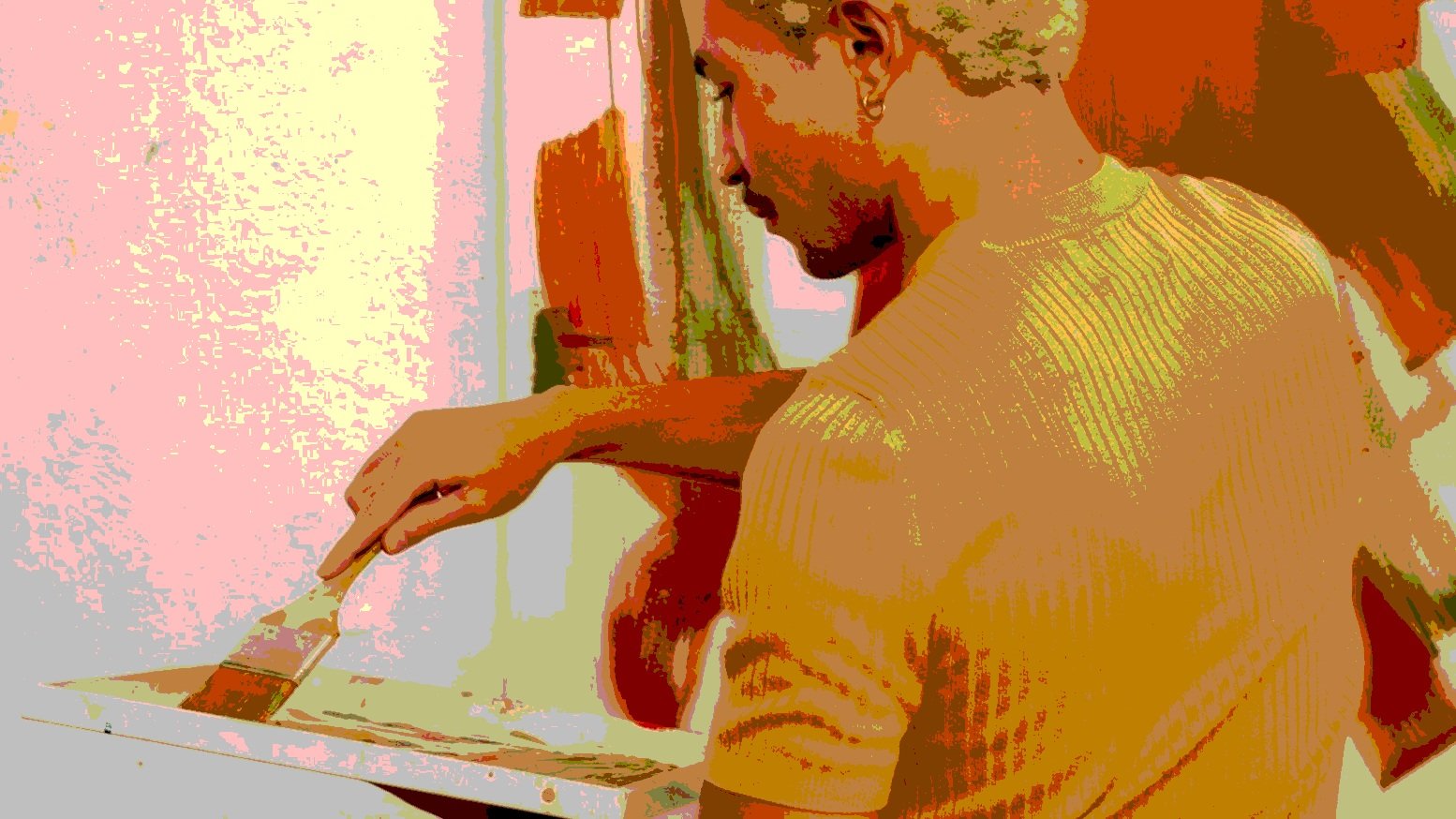The Dopamine Advantage: The Neuroscience Playbook for Breakthrough Ideas

8 Brain Hacks Top Teams Use for Creative Breakthroughs (Backed by Research)
Most innovation programs don’t fail for lack of talent or tools. They fail because smart people are pushed into dumb brain states. Under pressure—deadlines, politics, quarterly targets—the brain tilts toward risk-aversion, efficiency, and predictability. Great for survival; terrible for breakthroughs. Neuroscience gives us a practical fix: reshape the state of the brain and the shape of the work so creative circuits can actually fire.
Below is a field guide you can use this week. It’s simple, evidence-based, and designed for real teams with real constraints.
Psychological Safety = Creativity: How to Make Brains Feel Bold
When people fear looking foolish, the amygdala runs hot and the prefrontal cortex (planning, abstraction) goes dim—exactly when you need it most. The single strongest cultural lever is psychological safety: the shared belief that it’s safe to take interpersonal risks. Google’s multi-year findings on team effectiveness show psychological safety as the top predictor of performance (Project Aristotle; quick primer: HBR explainer; foundational research: Edmondson 1999).
Try this: start sessions with a “bad ideas first” round. Reward questions and attempts, not just outcomes. Publicly label failures as “learning data.”
Micro-Wins, Big Dopamine: Small Rewards That 10x Idea Flow
Dopamine spikes when reality is better than expected—a reward prediction error. That’s the learning signal that keeps us exploring (canonical work: How prediction errors teach).
Try this: break missions into one-day bets with demo-able outcomes. Celebrate increments (prototype seen, user recruited, assumption killed). Show a progress bar for experiments completed this week.
Deep Work for Innovators: Slash Cognitive Load, Boost Originality
Creative thinking is metabolically expensive. When calendars are stuffed and context switching is constant, you’ve already spent your glucose before the good ideas arrive.
Try this: carve a weekly 90–120 min “no-meeting” block for invention work only. Pre-bundle inputs: problem framing, constraints, user insights, and success metrics in one brief.
Two-Network Tango: Train DMN + Control Networks to Spark Novelty
Creativity is a state that toggles between focused control networks and the Default Mode Network (DMN) for imagination/mental simulation. Highly creative people show stronger coupling between these systems (overview of networks and cognition: Menon, 2023).
Try this: structure sessions in beats—10 minutes of open divergence → 5 minutes of deliberate convergence → repeat—to train the hand-off between networks.
Walk First, Brainstorm Later: The Movement Hack for Fresh Ideas
A Stanford series found walking reliably boosts divergent thinking both during and shortly after the walk (Stanford news; full paper PDF).
Try this: make the first 15 minutes of the brainstorm a walking meeting. Capture with voice notes; sort afterward.
The 70 dB Sweet Spot: Use Ambient Noise to Ignite Creativity
Five experiments showed that moderate ambient noise (~70 dB) increases creative performance versus a quiet 50 dB room; too loud (~85 dB) hurts it; . Music is nuanced: certain tasks suffer with lyrics, while upbeat instrumentals can help divergent thinking (TIME overview).
Try this: for idea generation, try coffee-shop ambience or soft office bustle. For editing/converging, go quieter.
Sleep on It: Incubation Rituals That Turn “Meh” into “Whoa”
Setting a problem aside—incubation—improves creative solutions, especially on divergent tasks. A meta-analysis across 117 studies found a reliable positive effect; low-demand filler tasks beat doing nothing, and high-demand tasks reduce the benefit. Sleep supercharges this: after sleep (especially REM), people are more likely to discover hidden rules and form remote associations (Nature—sleep inspires insight).
Try this: run ideation in two passes: generate → walk away → sleep on it → return to recombine. Don’t judge idea sets the same day they’re born.
From Threat to Quest: Neutralize Stress and Unlock Risk-Taking
Acute stress constricts the PFC and reliably hurts creative output; chronic stress is worse (evidence review: Creativity under stress).
Try this: reframe “We can’t fail” to “We’re running five bets to learn what works.” Use pre-mortems and red-team reviews to reduce uncertainty (a primary threat trigger).
Run This: A 60-Minute Brain-Prime Sprint for Breakthrough Ideas
Goal: a burst of high-quality, original options on a tricky brief.
2 min — Reframe: “We’re hunting 10 testable ways to win; imperfect and weird welcome.”
8 min — Walking divergence: pairs walk and voice-note ideas.
10 min — Moderate noise desk work: everyone alone, ~70 dB, go for volume not polish (supporting evidence).
10 min — Converge: dot-vote on learnable bets; pick top 3.
10 min — Micro-win planning: define tomorrow’s smallest test and visible criteria (dopamine mechanics: prediction errors teach).
5 min — Schedule incubation: no decisions until after sleep; reconvene next morning (the sleep → insight effect).
15 min next day — Remix: return with new connections; commit to 1–2 tests.
What You’ll See in 30–90 Days: The ROI of Brain-Based Innovation
More (and better) options: movement + moderate noise + safety increases idea count and novelty.
Faster cycle time: dopamine-fed micro-wins keep momentum without pep rallies.
Stickier insights: incubation and sleep restructure memories so patterns pop that weren’t visible yesterday.
Sustainable pace: less cognitive thrash; fewer performative brainstorms.
Creativity Myths to Retire: What the Science Actually Says
“Pressure makes diamonds.” In creative cognition, pressure mostly makes safe; the search space narrows (see the stress meta-evidence).
“Genius beats environment.” Great creators design conditions (safety, constraints, routines) that let the right networks coordinate.
“We need a better process.” Process matters, but without brain-smart culture—psychological safety—top-shelf frameworks underperform (Project Aristotle).
Do These 3 Things This Week: Fast Wins, Real Breakthroughs
Open with safety: normalize bad first drafts and visible learning.
Move more, decide later: walk to generate, sleep to integrate.
Reward the attempts: give status to experiments run, not just wins (dopamine cares about surprises, not slogans..
Further reading: a succinct lay summary of the “brain vs. innovation” problem: Programming Insider overview.





